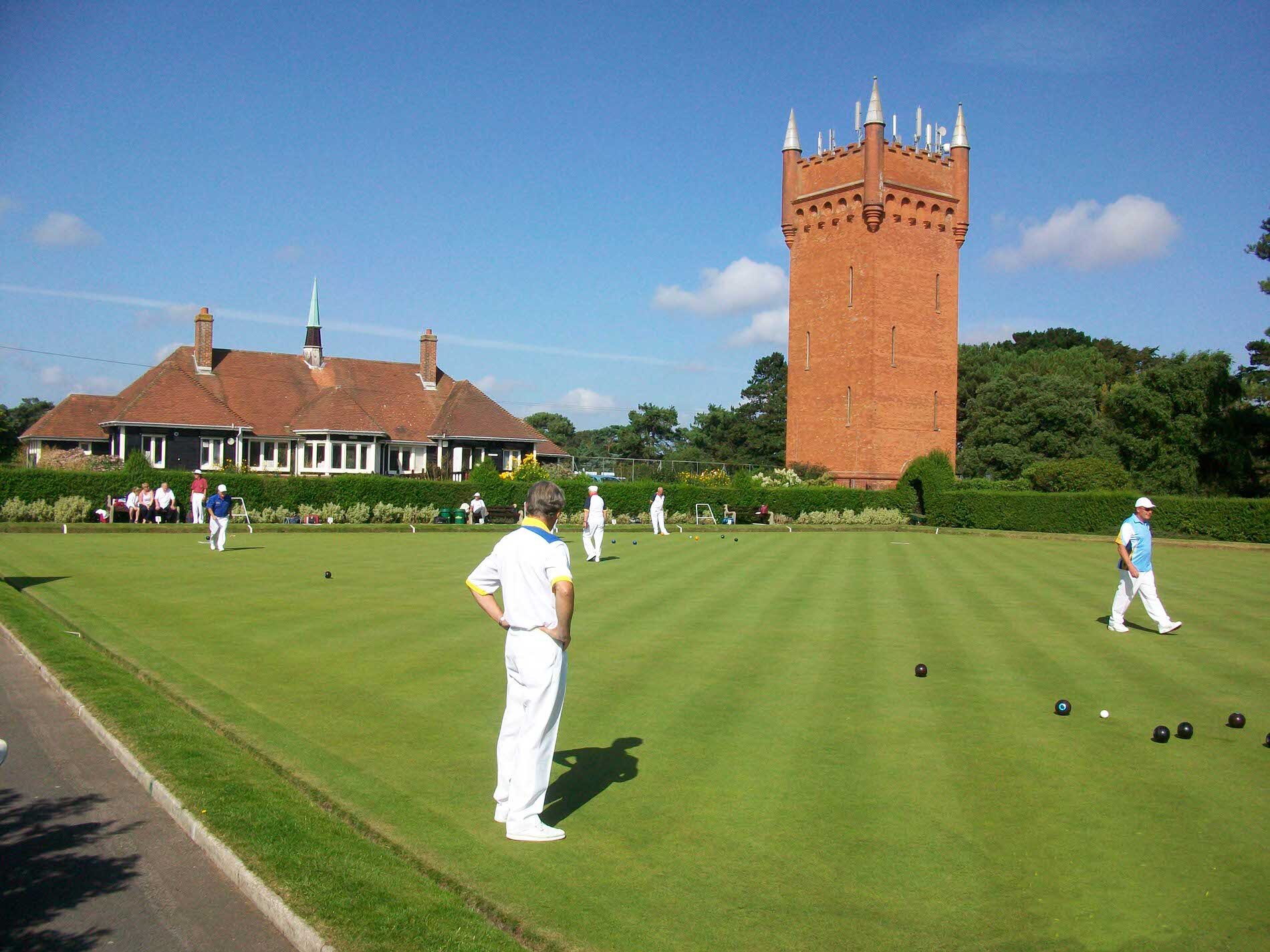Welcome to the official website for clubs, players, supporters and visitors involved with lawn bowls in Bournemouth and the surrounding area, on the South Coast of England.
————————————
Bournemouth & District Bowling Association (B&DBA)
The B&DBA was founded in 1906 and has 28 member clubs in Dorset, Hampshire and Wiltshire. We are particularly proud of our Saturday Leagues which involve over 1000 bowlers every Saturday during the summer. We also run knockout championships and play friendly matches. Further details of all our activities are available by clicking on the various headings above.
————————————
Bournemouth Evening Triples Bowling Association (BETBA)
The BETBA was founded in 1989, initially providing bowling opportunities for the working people and local bowling clubs in Bournemouth. Today, BETBA covers a wider area, covering most BH postcode areas in Dorset, and is still attractive to working people as games are scheduled for Tuesday evenings.

